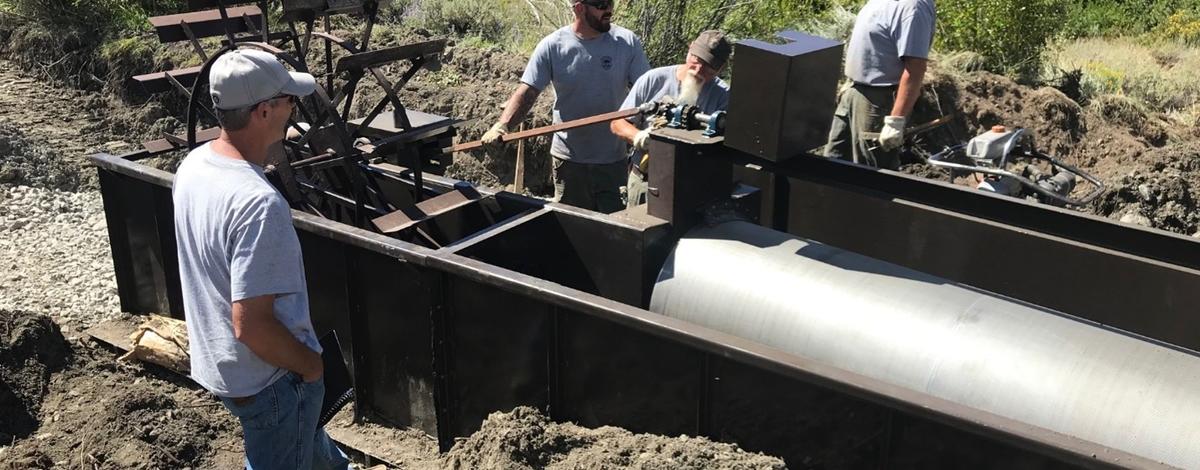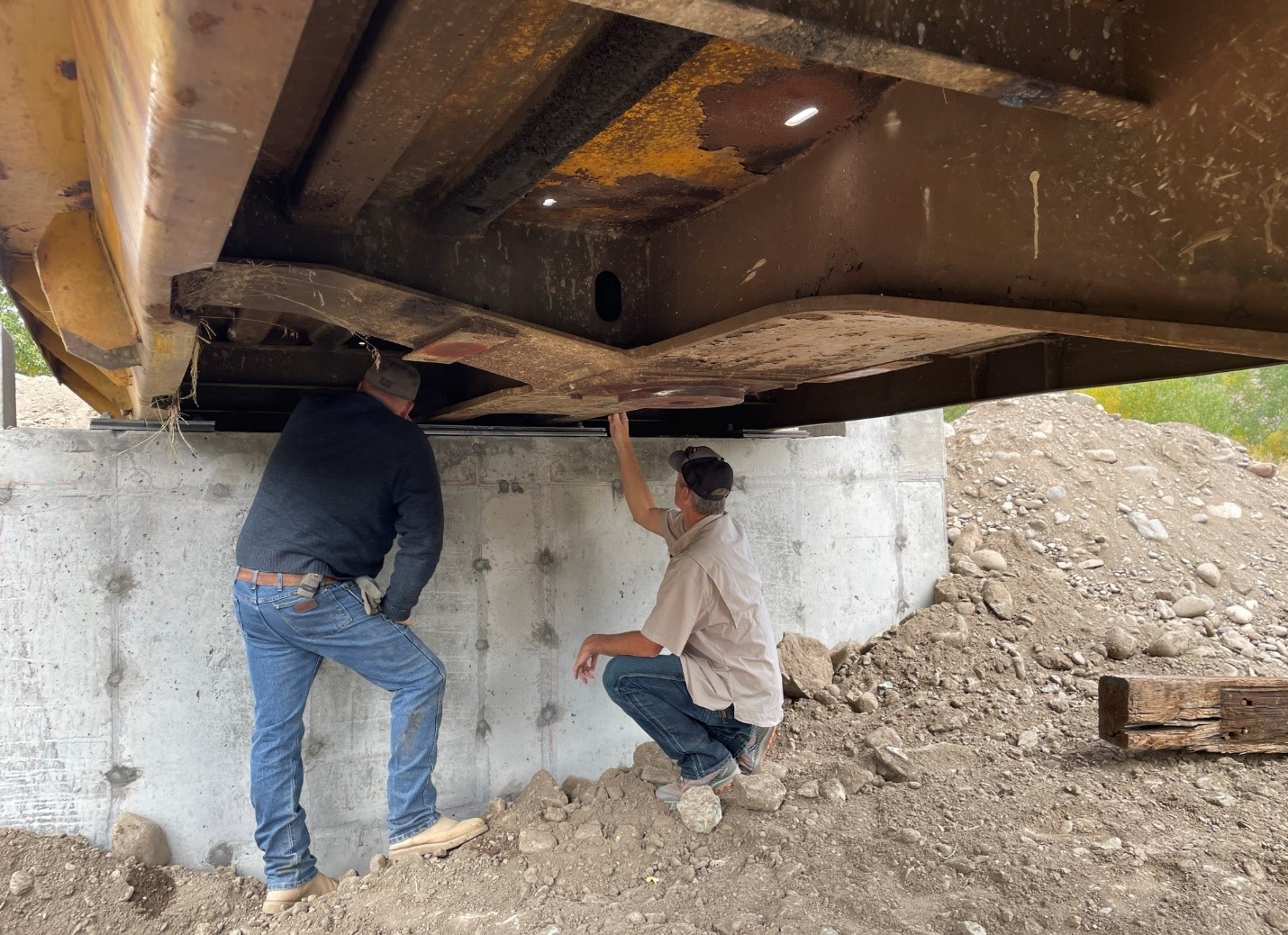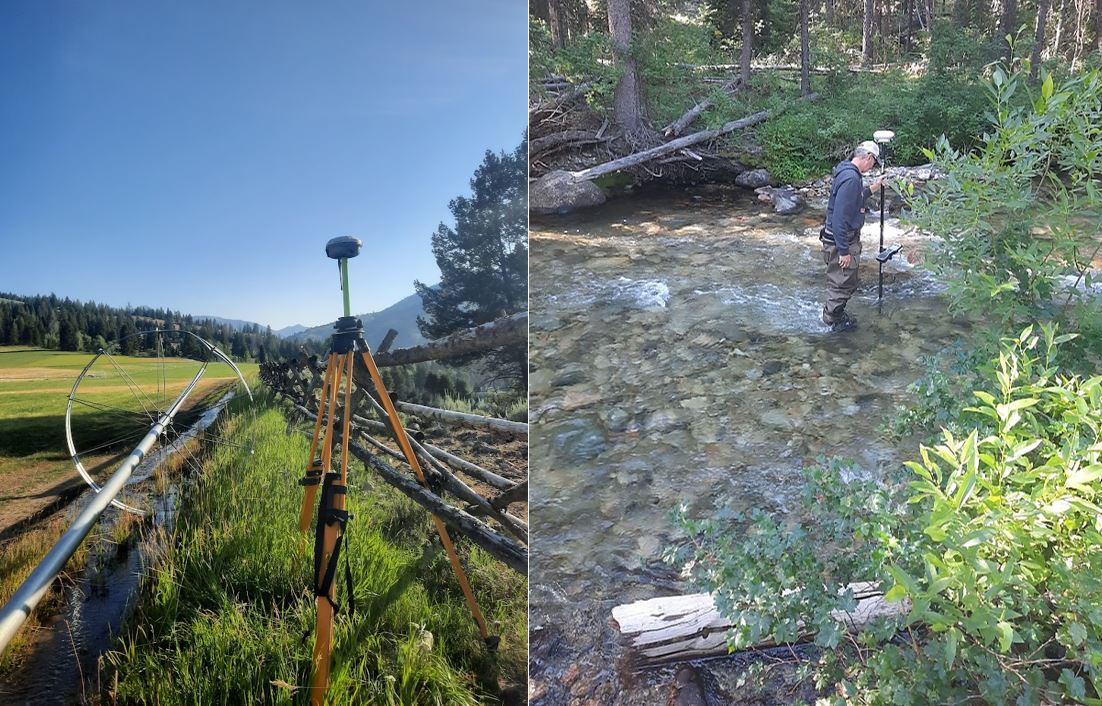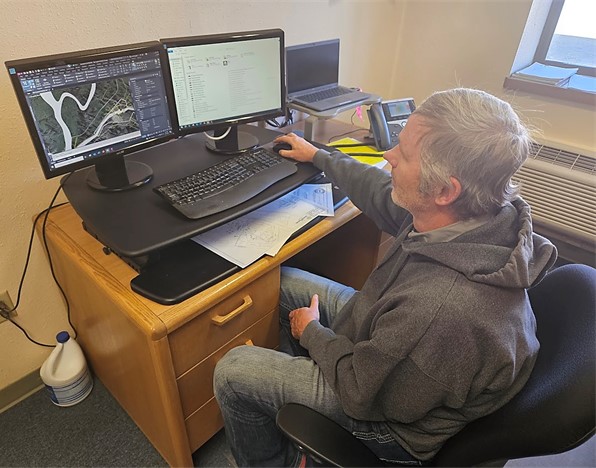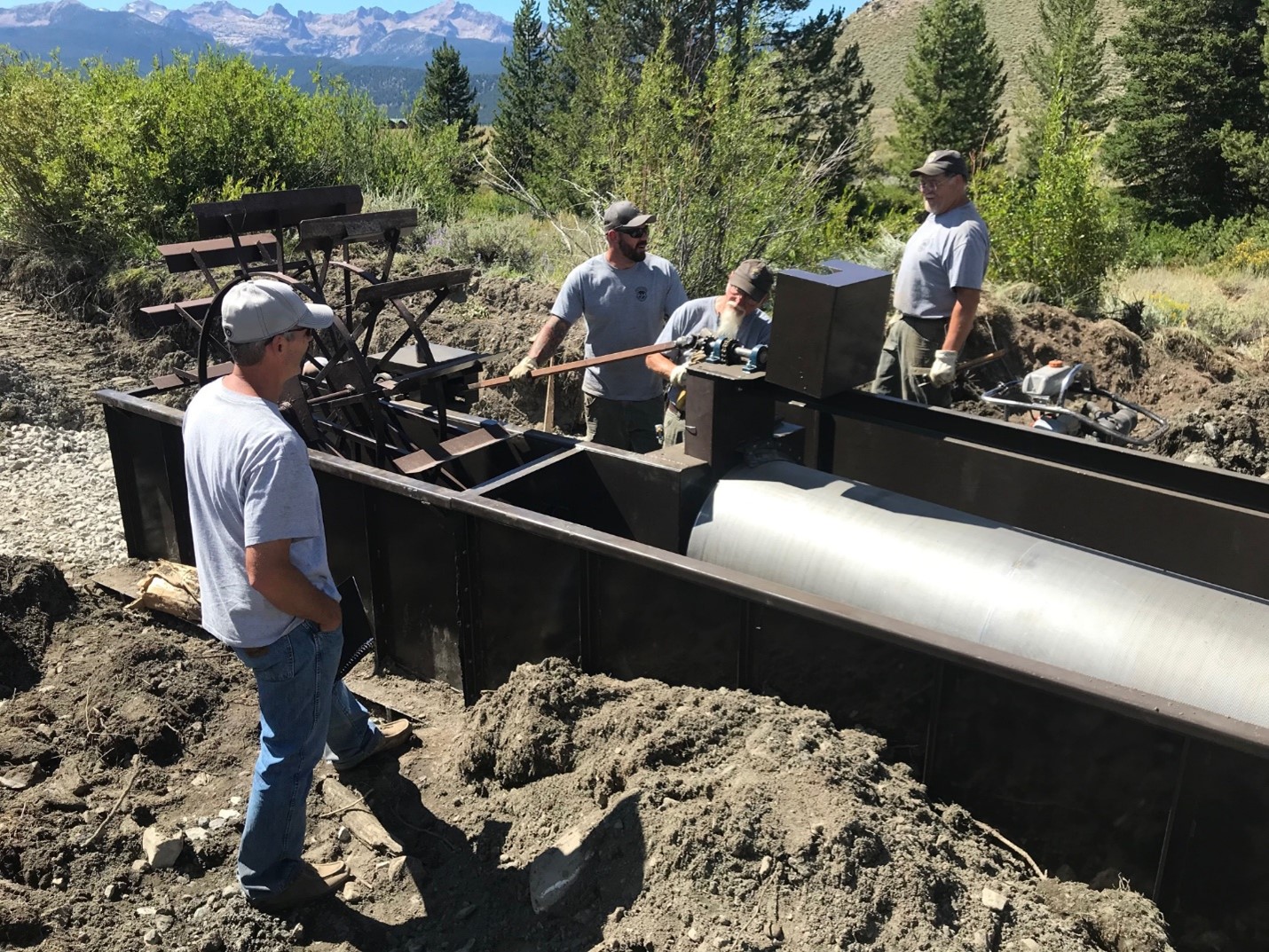Engineers working for the Department of Fish and Game juggle many projects like designing buildings, hatcheries, and fishing access areas. But a few engineers get to design in-stream structures and habitat restoration projects to help fish move through the Idaho landscape.
One of these engineers is Jared Bragg, the engineer from the Anadromous Fish Screen Program in Salmon, Idaho. Jared gets the opportunity to come up with new and exciting solutions to provide better fish passage through the river while also helping restore habitat connectivity.

